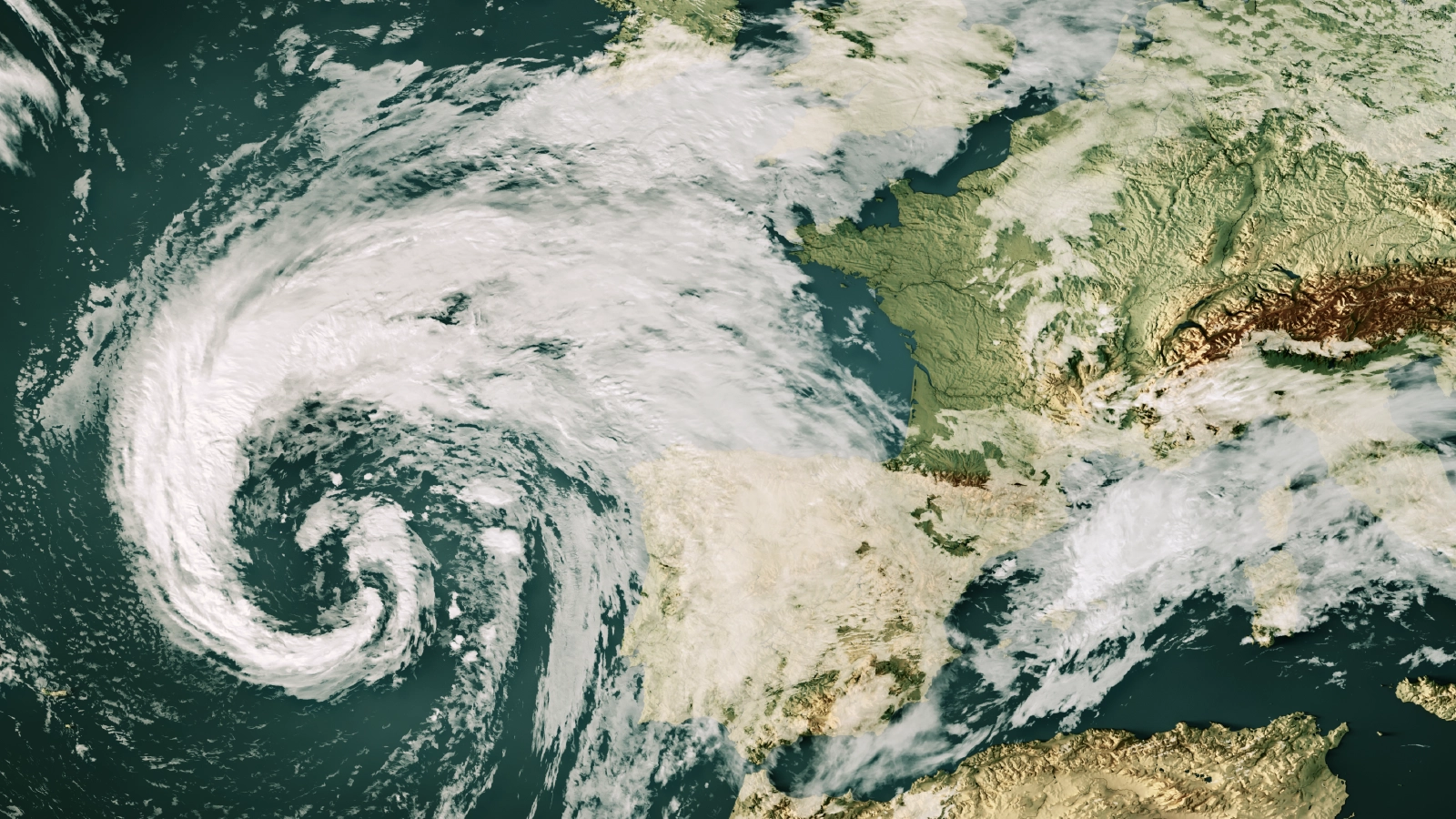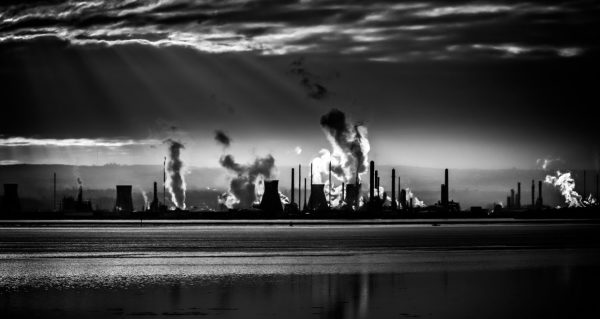Technology and Development
Crossing the Threshold: Assessing the Impact of COP27 on Climate Change's Point of No Return
Technology and Development
Crossing the Threshold: Assessing the Impact of COP27 on Climate Change's Point of No Return
Navigating the Climate Crisis: Understanding Tipping Points and the Role of COP27
One of the main challenges with climate change is that, however tragic its most visible effects, such as hurricanes, heatwaves, droughts, floods or fires, some of its most profound and dangerous impacts are too vast and complex to be visibly observed.
There is also a time dimension. The effects of our actions in the here and now pave the way for serious and irreversible consequences in the future, and it’s hard for people around the world to understand the implications of their actions.
We can however recognize and monitor the causes and consequences of climate change. This is the mission of climate change scientists and experts around the world.
The annual global summit on climate change action, COP27, begins on 6th November. Over the years, the need for action has only grown but, as a recent UN Report shows, the pledges for action fall far short of what is needed to avert the worst consequences of climate change. The 2020-2030 decade is a critical window for action which may either see the acceleration of a fundamental transformation towards a low-carbon economy or the crossing of a point of no return.
But what does this actually mean? What are the possible trajectories? And what are the implications for individuals, businesses, governments, and society at large? We’ve asked climate change expert Professor Jorge Vinuales(Opens in a new window) to explain this in simple terms.
Crossing the Threshold: Understanding Climate Tipping Points and the Irreversible Dynamics
So-called ‘tipping points’ are critical thresholds beyond which the climate system sets into a fundamentally different dynamic, which cannot be reverted, even if ambitious action is taken to do so. Proving to people that there is no going back once these thresholds have been crossed is a difficult challenge as it goes against the common assumption that anything can be returned to its original state with the right intervention.
Let’s take a common expression as an example: ‘the straw that breaks the camel’s back’.
Over time, small incremental changes occur as we load more straw onto the camel’s back, each time adding further pressure to the spine. At some point, adding an additional straw would mark that tipping point and break the camel’s back. Once the back is broken, removing the straw, or even a substantial burden, would make little difference.
This image can be used to understand a change in the dynamics of the climate system resulting from incremental emissions of greenhouse gases.
Our atmosphere contains several layers. The first and lowest layer is called the troposphere, and this is where most human activities unfold, including commercial flying across countries and continents. This is also where the main greenhouse gases are concentrated.
Ordinarily, incoming sunlight, in the form of ultraviolet radiation, enters the troposphere. Although some of it is reflected by clouds and other white surfaces, most of it is absorbed by the Earth’s surface and released back in the form of heat or infrared radiation. The greenhouse gases trap the heat that would otherwise leave the Earth, and so they keep the Earth’s surface at a temperature conducive for life to thrive.
However, the more greenhouse gases there are or the higher their concentration, the more heat is trapped within the atmosphere and consequently the Earth continues to warm beyond the point which has enabled human organization as we know it.
Melting Mirrors: Arctic Ice and the Domino Effect of Climate Tipping Points
Consider the shrinking of the Arctic ice cover. Both the Antarctic and the Arctic serve as the ‘air conditioning’ of the Earth, largely because they act as huge ‘mirrors’, reflecting back into space much of the incoming ultraviolet radiation from the Sun.
But with the rising temperatures, the ice is melting and therefore the mirror is shrinking. The smaller the mirror, the more sunlight is absorbed, thereby increasing temperatures and further reducing the mirror.
But it’s not just this self-reinforcing process that changes the system dynamics; it’s the cascade effect this would have on other vital processes that allow life to thrive on our planet. If the function of the arctic ice sheet is undermined, the increased warming is likely to trigger other tipping points, such as permafrost thawing (the release, due to increased temperature, of greenhouse gases trapped in frozen soil) leading to a cascade. We end up with the failure of multiple systems all at once that cannot return to their normal function.
These are worrying implications, so we know tipping points matter. The only question remains, how far into the problem are we and to what extent is there still some room for action?
Turning the Tide: Positive Tipping Points in the Fight Against Climate Change
It is a complex question, but the short answer is that action is still possible to avert the most serious consequences. The severity of the impacts depends on the severity of the problem.
Positive actions such as massive investments in renewable energies, electric transportation and efficiency measures in buildings and appliances can positively tip the system. The exponential reduction in the cost of electricity generated from modern renewables offers a good example.
This is an extremely fast-growing phenomenon and shows real promise for the future. It also has great benefits from a health and emissions perspective and even an energy security perspective, which we have all witnessed over the last 6 months.
So, the more we commit to the policies that reduce the concentrations of greenhouse gases in the troposphere, the higher the chance to avert the most serious consequences. This is where COP27 comes in.
Since last year in COP26, the key objective has been to increase the level of ambition in the climate policies actually adopted by States. Such policies have, as I just noted, many advantages in addition to reducing the risks of climate change, including economic and geopolitical advantages. Another important item on the agenda, by now, is to deal with the harm already caused or to which past inaction has committed the world to.
The adverse impacts of climate change are increasingly clear, and the environmental, economic and even geopolitical benefits of taking action are also pretty clear by now, so the direction of travel we should take leaves no doubt. Only time will tell if COP27 can deliver these priorities.
Professor Jorge Vinuales is a climate change expert and holds the Harold Samuel Chair of Law and Environmental Policy at the University of Cambridge, where he founded the Cambridge Centre for Environment, Energy and Natural Resources Governance (C-EENRG).
Are you keen to gain a complete understanding of climate change issues, diagnose challenges within their context and develop positions or strategies to solve them? Discover Jorge’s online course with the University of Cambridge Online(Opens in a new window) in climate change for decision-makers: https://bit.ly/3UwZ2ed(Opens in a new window)



